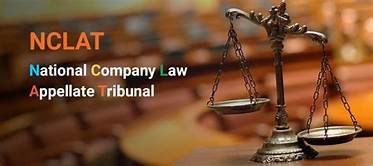
Justice Bhushan, who retired from the Supreme Court in July this year, has been appointed for a term of four years or “until he attains the age of 70 years, or until further orders”, according to a government notification.
The government also appointed retired Chief Justice of Manipur High Court, Justice Ramalingam Sudhakar, as the chairman of the National Company Law Tribunal (NCLT), for a term of five years, or until he attains the age of 67 years. or further orders. His appointment as the whole-time chairman of the NCLT comes nearly 21 months after its first chairperson Justice MM Kumar retired in January 2020.
On 12 September, after it was pulled down by the Supreme Court, the government appointed 11 judicial and 10 technical members to the NCLT. In its observations, the court had said that the government had “inactivated” tribunals like the NCLT by not appointing members.
The court said a “grave situation has arisen” on account of vacancies in NCLT and NCLAT with regard to completion of corporate bankruptcy proceedings.
A few days later, the court again pulled up the Center for removing NCLAT Acting Chairperson Justice AIS Cheema from his post 10 days before his retirement. However, a day later, the government told the Supreme Court that Justice Cheema would be allowed to complete her term.
In the last 19 months, the NCLAT has seen three acting chairmen – Justice Bansi Lal Bhat and Justice Cheema – get several extensions. Similarly, the NCLT had seven working presidents.
While the NCLAT now has two benches, one each in New Delhi and Chennai, the NCLT has 14 benches – Ahmedabad, Allahabad, Amravati, Bengaluru, Chandigarh, Chennai, Cuttack, Guwahati, Hyderabad, Kolkata, Mumbai, Jaipur, Kochi and Indore. In. .
Justice Bhushan was part of several key decisions, including the 2019 verdict in the Ayodhya case and the Supreme Court’s automatic intervention in the migrant crisis last year.
In the Ayodhya verdict, Justice Bhushan wrote a separate “Appendix” in which he expressed the view that Ayodhya was indeed the birthplace of Ram. While the addendum was left unsigned at the time of the judgment, he admitted upon his retirement that he had written it.

